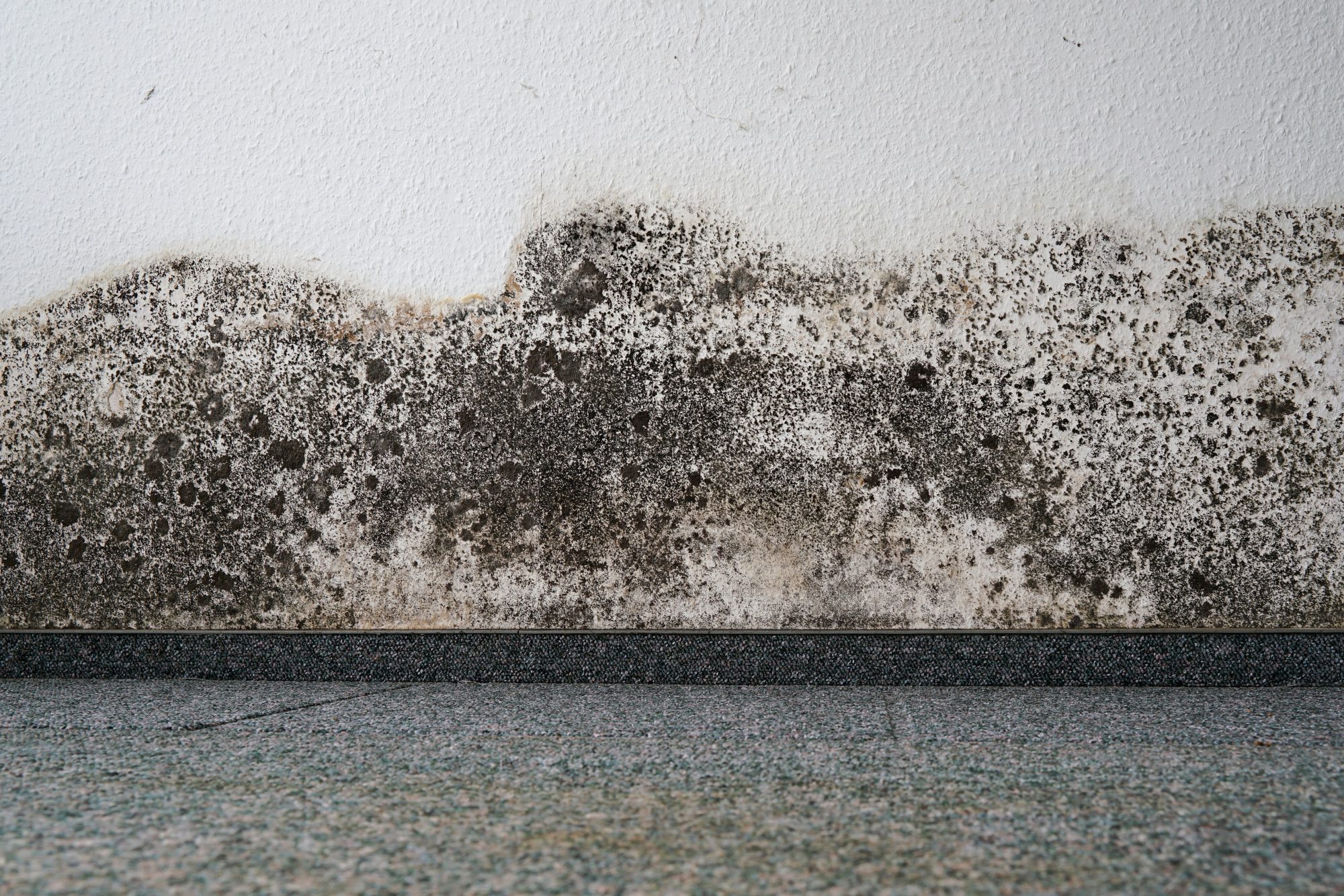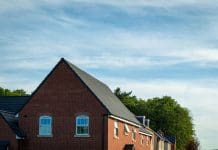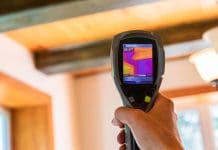Michael Gove, secretary of state for levelling up, has issued the actions the UK Government is taking to tackle damp and mould in social housing following the death of Awaab Ishak
1. Policy statement on tackling serious hazards
Gove has stated that the Government plans to introduce an amendment to the Social Housing Regulation Bill, which will give them to publish a policy statement in tackling serious hazards, such as damp and mould in social housing.
The Regulator of Social Housing would then enforce this policy statement. This is how the Secretary of State intends to introduce ‘Awaab’s Law’ into legislation.
The National Housing Federation has stated that they expect the Government to consult on a policy statement in the next few months if, the Government expects it to take place within six months of the bill receiving Royal Assent.
2. The health risks of damp and mould in social housing
The Department for Health and Social Care is producing new guidance for housing professionals on the health risks of damp and mould.
Mould and damp in homes can be detrimental to a person’s health; and can severely affect those with weakened immune systems, asthma, and allergies.
Mould is especially dangerous to babies, children and elderly people who have lower or weakened immune systems.
The new guidance on the new guidance for damp and mould in social housing is expected to be published by summer 2023.
3. Reviewing the housing health and safety rating system (HHSRS)
The government has committed to completing the review of the HHSRS, focusing on making it easier to understand and implement, and ensuring that damp and mould is properly captured and the evidence base is up to date.
4. Reviewing the Decent Homes Standard
The government have committed to completing the review of the Decent Homes Standard, with a particular focus on how damp and mould is assessed.
The National Housing Federation worked closely with members and the Government on the first phase of this review and will continue to engage closely as plans come forward for the next phase.

















